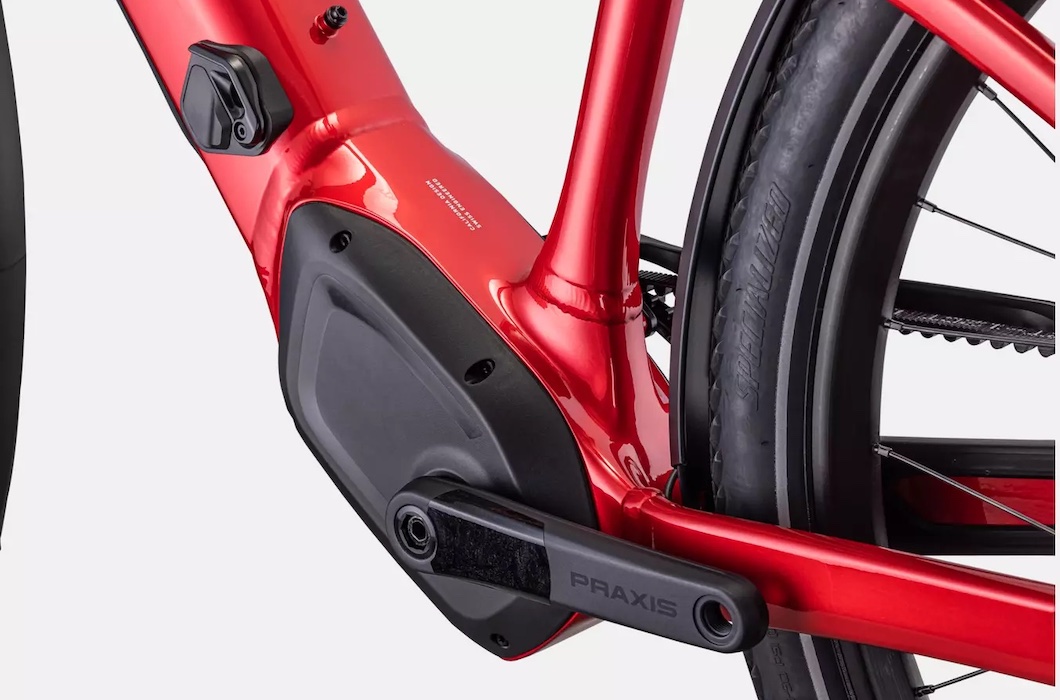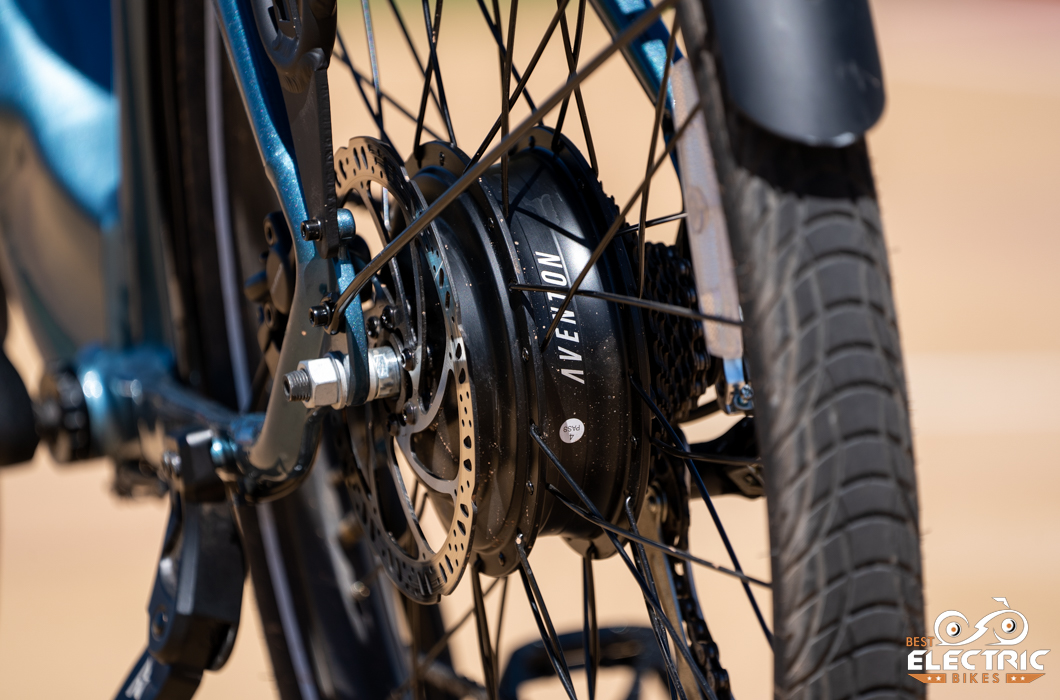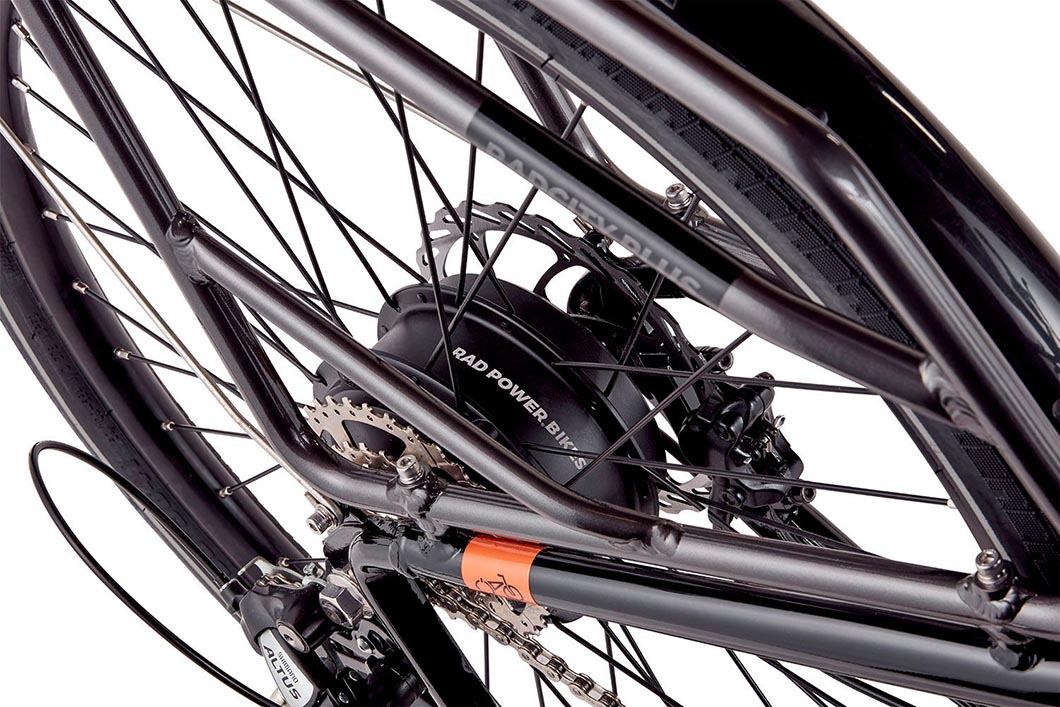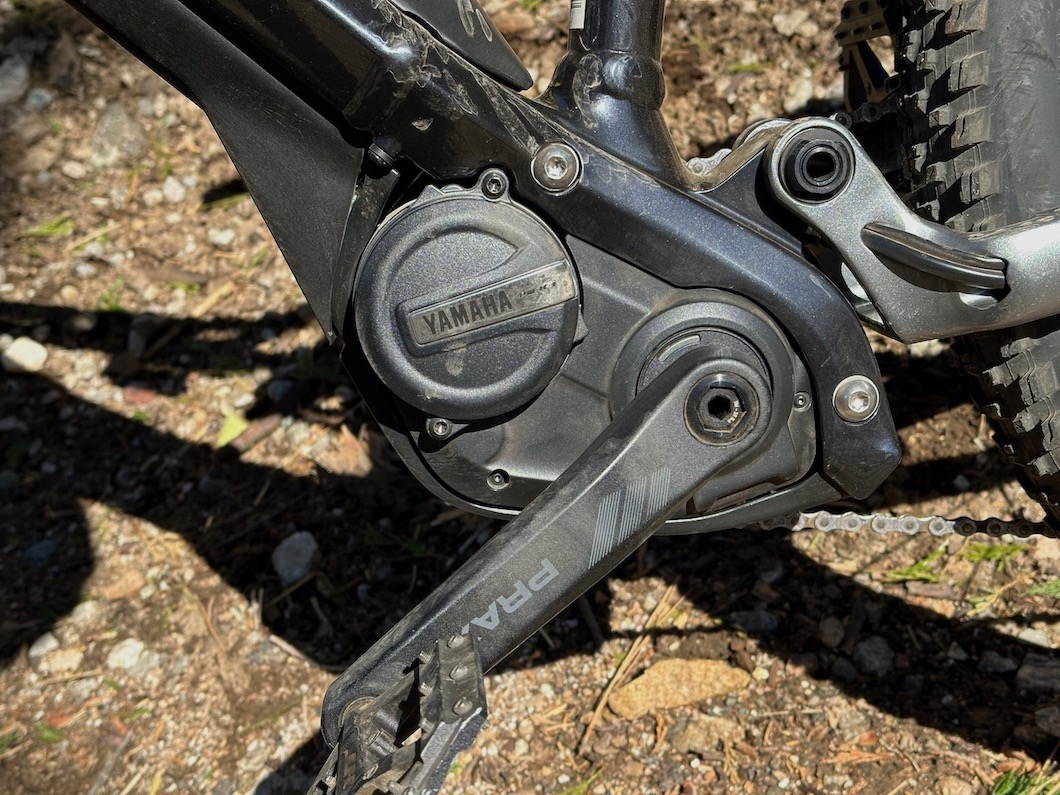
Some advice we often give here at Best Electric Bikes for anyone shopping for an e-bike, the single biggest factor in determining an e-bike’s price is the kind of motor it is designed to use. The rise of brushless, geared hub motors is what allowed and encouraged the huge growth in the sub-$2000 end of the e-bike market. Without hub motors, e-bikes might still go for more than $3000. After all, prices only start to come down once many thousands of units have been sold.
The price jump from $2000 or less to $3000 or more when a shopper shifts their focus from a hub motor to a mid-drive one can seem difficult to justify. How many people really want to double their spend for an e-bike? The differences, we’re pleased to say, go much deeper than just the motor, but we will get to that in a minute.
In considering an e-bike with a mid-drive motor, a rider is contemplating a noticeably better e-bike. This isn’t a Hyndai Elantra with a nicer motor; it’s more like a BMW where every aspect of the car is better; after all, no one would buy a Beemer with an AM radio.
Mid-drive vs. hub drive

The majority of e-bikes with hub motors feature a cadence sensor to tell the motor when to switch on and off. A rider needs to pedal for ½ to ¾ of a pedal stroke before the motor kicks into action. The speed the rider goes is largely determined by the PAS level selected. And after the rider has stopped pedaling, the motor tends to run for another second. This is, in part, why many e-bikes equipped with hub motors also come with brake levers that kill the motor once a lever is pulled. Having the brakes fight the motor doesn’t make much sense.
One feature of hub motors that some riders like is a phenomenon called ghost pedaling. The cadence meter we see on most value-oriented e-bikes is a blunt instrument. It monitors the movement of the pedals. If the pedals are moving, the motor switches on. Once the cadence meter is certain the pedals have stopped, it shuts off the motor. The fact that the motor continues for a moment is a selling point because if it didn’t, every little pause in the pedal stroke would see the motor turn off, which would be annoying.
Ghost pedaling occurs when a rider turns the pedals but with too little force to help drive the e-bike. The cadence sensor detects the movement and starts the motor. As long as the rider keeps turning the pedals, the motor will keep going.
Mid-drive motors use a torque sensor in the bottom bracket (the axle and bearings installed in the frame to which the crank arms attach). This is a convenient arrangement because the motor is right there and doesn’t require any wires to be run through the frame from sensor to motor.
Torque sensors use strain gauges to detect how much force is being applied to the pedals and when. Because torque sensors sample at a rate of 1000 times per second, the moment a rider puts pressure on a pedal, the motor springs to life. Even better, the torque sensor measures the rider’s effort and dishes out power in proportion to how hard the rider is working.
Mid-drive motors make riders feel superhuman. Rather than feeling the motor turn on and off, the rider feels the motor’s acceleration as part of their pedaling. With the line between rider and motor blurred, people often describe the experience as being like having the hand of God at their back.
Mid-drive motors add power at the crank and as a result, can use the drivetrain to multiply the motor’s effort, just as the gears multiply the rider’s effort. As a result, both the motor and the battery can be smaller than those we find in e-bikes with hub motors.
Plenty of other differences

If the motor was the only significant difference between e-bikes with hub motors and those with mid-drive motors, we would struggle to justify what could be a doubling of budget, but as we mentioned earlier, there are more reasons to consider an e-bike with a mid-drive motor.
Let’s begin with the e-bikes that make up the bulk of the direct-to-consumer market. It’s fair to characterize them as efforts to maximize the buyer’s dollar. We could say they are an answer to the question, “How much value can we shoehorn into the $1799 price point?”
The product managers charged with creating these e-bikes go looking for value, which is why the market is dominated by e-bikes with 7-speed drivetrains, frames that come in a single size and while we often see e-bikes in this price range equipped with hydraulic disc brakes, we also see plenty of e-bikes equipped with mechanical disc brakes, and their prevalence increases as look at less expensive e-bikes. These are e-bikes that balance quality and spend.
E-bikes built with mid-drive motors fulfill a different sense of need, a different approach to quality. They aren’t luxury products, but fall somewhere in-between, Honda rather than Audi or Kia.
When we compare mid-drive e-bikes to the ones produced by the D2C brands, these are the changes we see:
- Drivetrains with 9, 10 or even 11 speeds, giving riders more help on the hills and making the jumps between different cogs smaller.
- More powerful hydraulic disc brakes, sometimes featuring 4-piston calipers for excellent control in any situation.
- The difference in weight between an e-bike with a mid-drive motor and one with a hub motor can be 25 lbs. or more with no loss in range; cutting an e-bike’s weight by a third changes how it handles, giving it a more graceful feel.
- Most of the suspension forks we see on e-bikes with hub motors feature coil springs that don’t offer much adjustment; the suspension forks we find on e-bikes with mid-drive motors weigh less and offer more adjustment for smoother operation.
- Mid-drive e-bikes sold in bike shops by the big bike brands like Trek and Specialized come in anywhere from four to six sizes. For people under 5 feet 4 inches and taller than 6 feet 2 inches, buying an e-bike with the correct size frame can make a big difference in their comfort and ability to control the e-bike.
- The bearings found in the wheels and bottom bracket take a big step up in quality over what we see in the e-bikes from the D2C brands; practically speaking, this means less bearing drag, making it easier to accelerate the e-bike and keep it at speed, as well as being more impervious to the elements.
In short, the differences between the bulk of e-bikes equipped with hub motors and those built with mid-drive motors, don’t come down to a single change, but a whole collection of upgrades. The typical e-bike equipped with a mid-drive motor is an up-market product, not luxury, but premium.
Choices

Rather than seeking to make a buyer’s choice difficult, our purpose here is to make the case that most e-bikes we see in the D2C market offer buyers a solid value. They may not offer all the frills and features of the e-bikes equipped with mid-drive motors, but does everyone really need Mercedes? Of course not.
Some people will look at a price tag of $3500 or more and simply say, “Nope.” And that’s fine. Sticking to a budget is reasonable, even responsible. But what about those buyers who can afford more but aren’t clear on whether spending more is the smart move?
Our purpose here is to show how someone might base their choice on experience rather than price. The rider who wants the less taxing experience, welcomes having a throttle and doesn’t look at the hill in the distance as something to be conquered is likely to prefer the experience of riding an e-bike with a hub motor and a cadence sensor. For anyone who wants to make no more effort than is necessary, an e-bike with a hub motor and a cadence sensor will provide the more satisfying experience.
The rider who wants to feel the acceleration as they pull away from a light, who wants to take out their aggression on a hill or wants the smoothest, most efficient e-bike will want to consider an e-bike with a mid-drive motor.
More than anything, we’re pleased to say that the e-bike market has matured and the e-bikes that dominate the market in the $1000-$2000 range offer riders a great way to get out and experience the world around them.


Leave a Reply